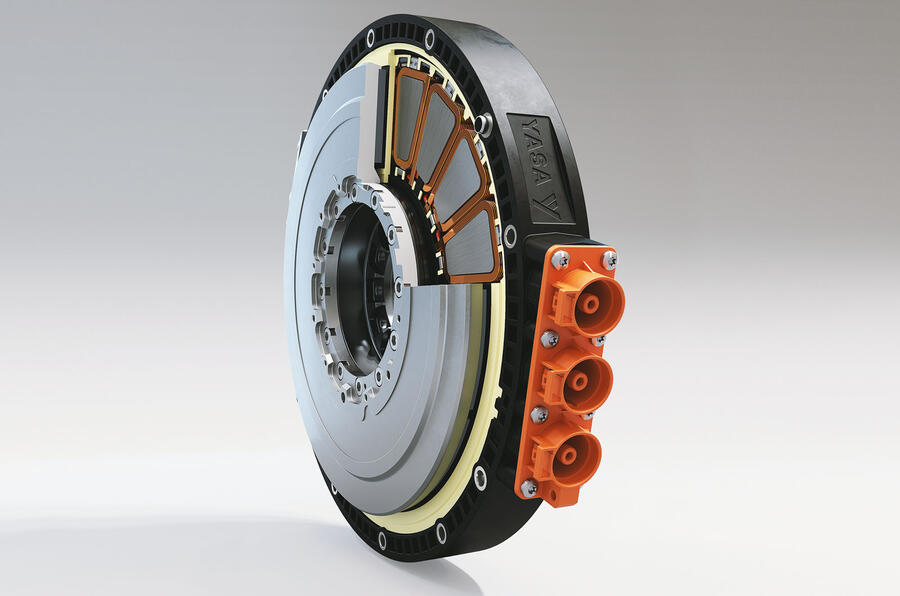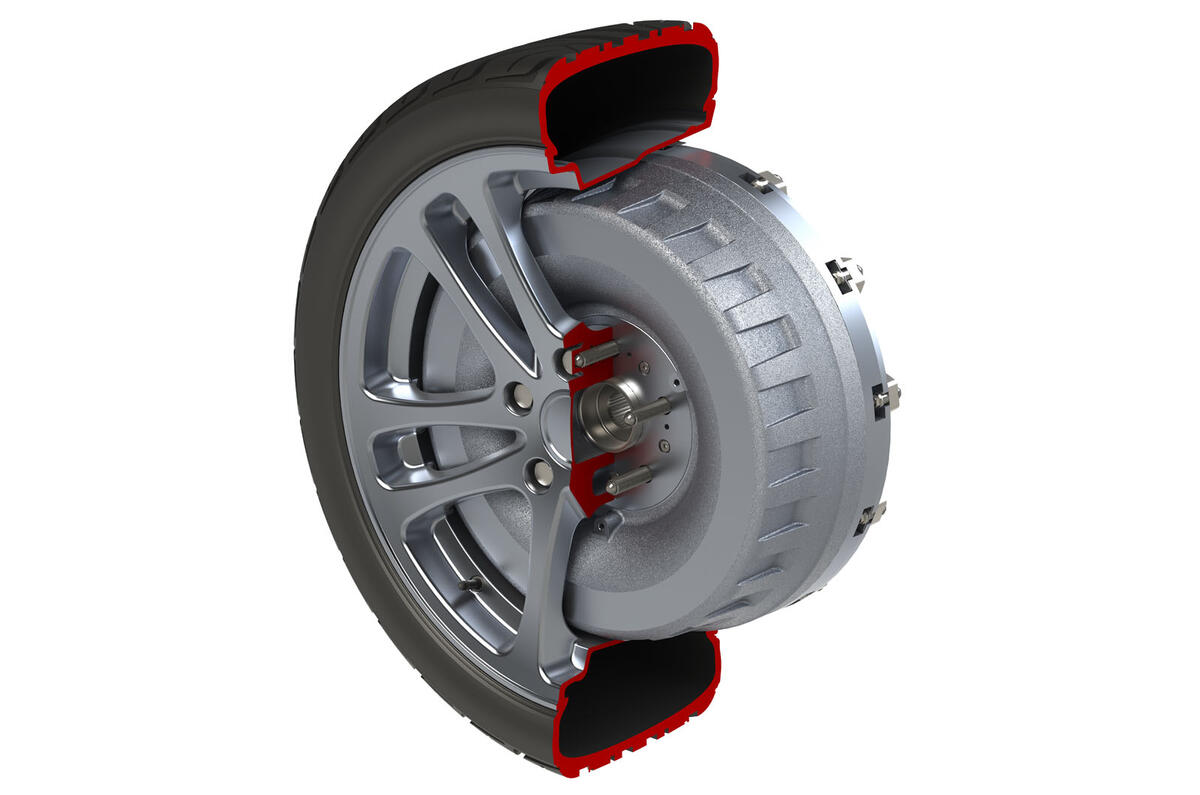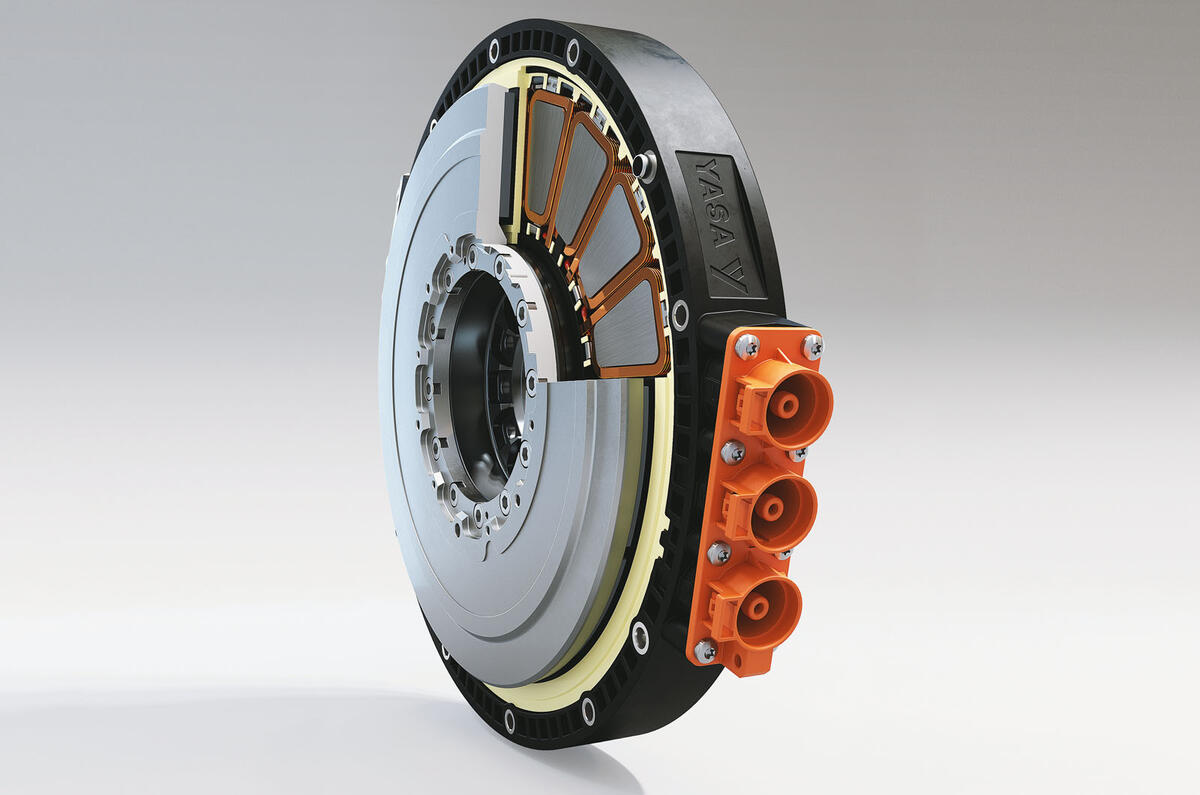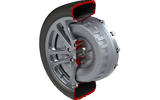If last week’s column was anything to go by, EV motors are far more interesting than they look. Once people get their heads around them, they may hold the same fascination that engines have enjoyed since they were invented.
The electric machines (the correct name for motor-generators) in EVs today take various forms electrically, but the one thing they have in common is that they are all radial flux machines. Flux is the scientific name for the direction taken by the magnetic fields but, in simple terms, it means they are cylindrical in shape with a rotor spinning inside a cylindrical stator.
There is, however, another type of electric machine emerging, and it’s one that some car makers are looking at intently, especially for integrating with a combustion engine to hybridise it, or tacking onto a small engine to make a range-extender generator. It’s the axial flux ‘biscuit tin’ motor.
If biscuit tin sounds derogatory, it isn’t (and come on, who doesn’t like a Hobnob?). It’s the simplest way to describe the shape: short in length and large in diameter. This is useful because it means that in some applications they can use space more efficiently than a radial flux motor, such as when sandwiched between an engine and gearbox on a transverse engine. They have other important advantages, such as the ability to generate more torque than a radial flux equivalent.
Whereas the rotor (which rotates) of a conventional radial flux machine is relatively small in diameter because it is housed inside the stator (which remains static), the rotor and stator of the axial flux machine are like two large dinner plates facing one another. So both plates’ magnets, the fields of which interact to generate torque and spin the rotor, are set much further away from the motor’s driveshaft. Because of that, the force they produce has more leverage on the main shaft. That means more torque, or the same torque for less power consumption.
A good way to visualise that is to think of the steering wheel on a car. Imagine taking the wheel off and grasping the steering column with your hand. It would be pretty difficult to turn. Moving the effort you’re applying further away from the column – by using a wheel – gives you more leverage, or turning force. The same thing happens with an axial flux motor.









Join the debate
Add your comment
Linear Labs
The new Linear Labs HET motor is by far the most exciting development in motors in years.
I’m watching it closely
Axial flux
So can this motor be used in lieu of a flywheel, between engine and transmission?
'twas a lovely article. Much
'twas a lovely article. Much enjoyed the sophisticated mechanics & engineering Grazi editors!